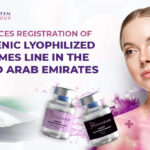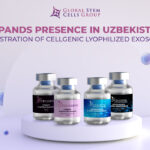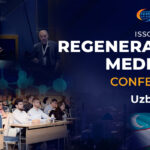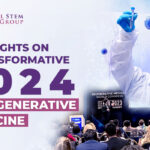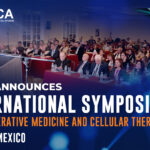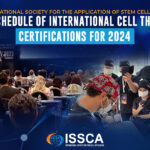We at Adimarket are specialists in stem cell and PRP (platelet rich plasma) therapies. We provide the necessary equipment and technology in order for doctors to grow their practice, so we know a fair amount about what growth factors are and what their use is in PRP therapy.
According to the science, blood platelets do not have a cell nucleus, and hereby do not have a typical cell structure of their own. They are derived through bone marrow an have important wound and injury healing properties. However, these platelets are rich in growth factors. In fact, they have well over 30 different growth factors in them. Let us list a couple for you.
Fibroblast Growth Factor (FGF) – These can have a variety of functions, but mainly play a role in embryonic development and help the wound healing process. They are useful due to their ability to create different types of tissues, which is vital in PRP therapy.
Platelet-Derived Growth Factor (PDGF) – This is a common growth factor that is stored in the body. It’s use is to help blood vessels grow. How they do is this is to use cells from blood vessels that exist to make new blood vessel tissue, or angiogenesis.
Insulin-Like Growth Factor 1 (IGF-1) – This growth factor is also doubles as a hormone. It is structured very similarly to insulin, and it’s main role is to help children grow during infancy. This is primarily why it is commonly found in breast milk.
Epidermal Growth Factor (EGF) – This is a growth factor that has been located all throughout the human body. It helps to stimulate cell growth, as well as create new cells. This growth factor is very useful when it comes to healing wounds and well as recovery from injuries.
Vascular Endothelial Growth Factor (VEGF) – VEGF is more of a protein then a factor all its own. It is used both angiogenesis, and vasculogenesis (the creation of new blood vessel tissue). If your body is injured, this growth factor will come into play and help your blood vessels recover by creating new tissue. It is also useful in creating muscle tissue, as well as creating new blood vessels to bypass ones blocked by atherosclerosis.
All of these five growth factors, despite acting differently from one another, all share the same kind of relation in terms of healing wounds and helping people to recover from injuries. This is the reason who platelet-rich plasma can easily work as an alternative to certain invasive surgeries. These natural growth factors help to form and create new tissue that is lost.
The Procedure Is Pretty Simple
If you are a practice looking to include stem cell and PRP therapies to your lineup, then it would be good to note that this therapy is extremely easy to learn. In fact, you can learn how to do it in just a couple of short days.
How does the PRP therapy work?
Once the patient is diagnosed, the first thing that you would want to do is draw a sample of blood. This blood will then be processed using a piece of centrifuge equipment. This will separate the platelets and plasma from the rest of the blood. After this, the platelets and plasma can then be injected into the treatment site. The most that this should take is about an hour.
If you want to know more about PRP therapy, as well as learn more about, or buy, the technology used to make it happen, visit us at Adimarket.
